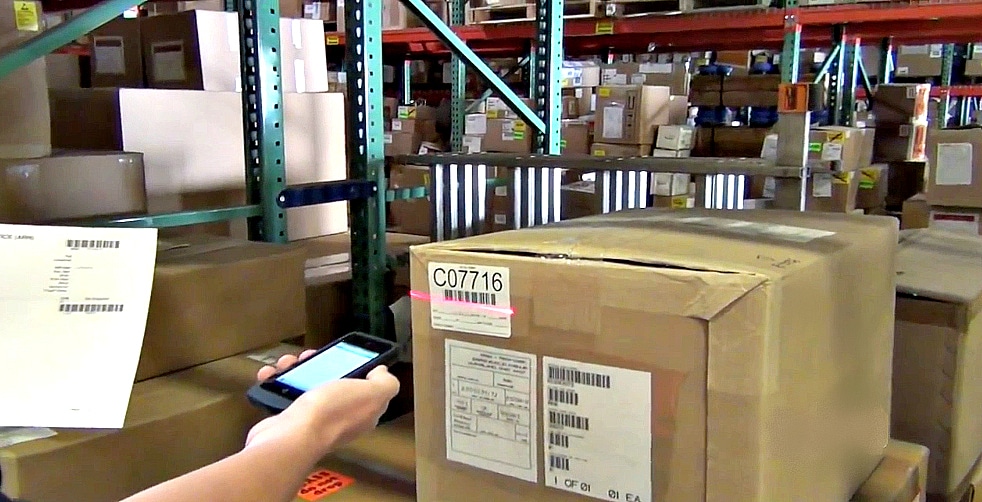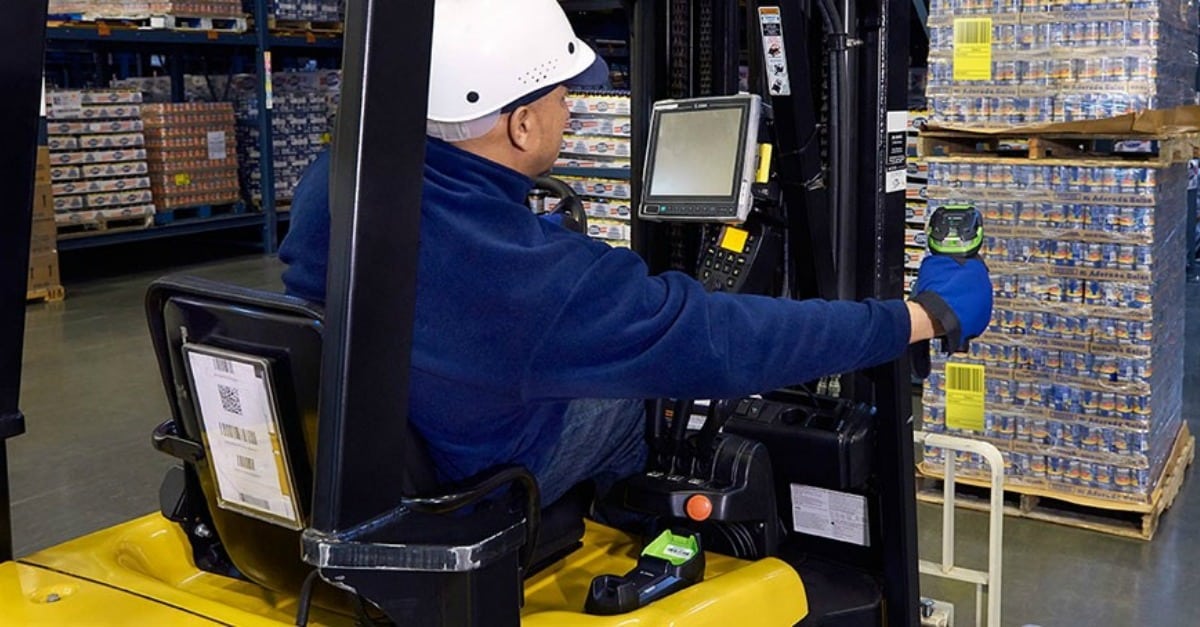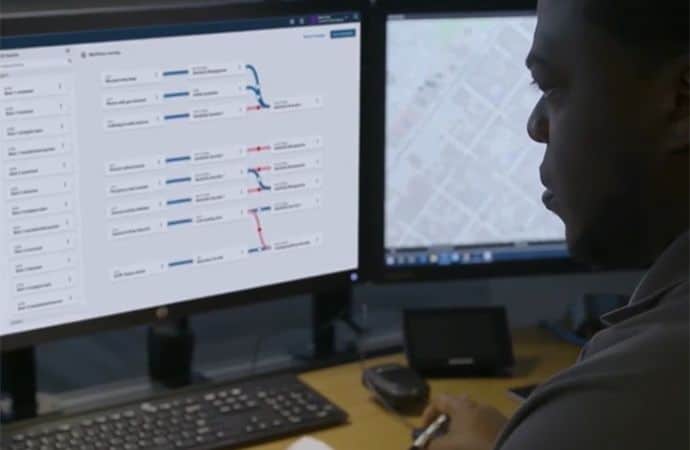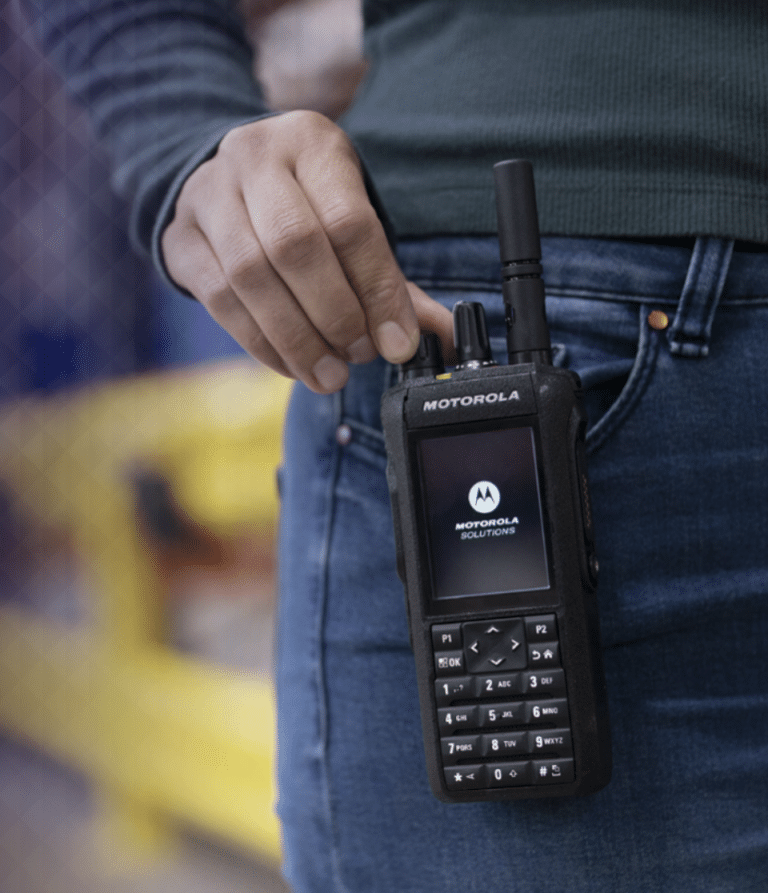Get ready. An already competitive business will keep heating up in 2021. The pressure to move more inventory faster will only intensify for warehouse operations and high worker turnover rates will not likely recede. The ability to harness the power of technology to keep up with changing times will separate the winners while others watch inefficiencies shrink profits and compromise performance.
“It’s all about speed and efficiency, especially for fulfillment and distribution,” says Mike Markham, Commenco’s Director of Technology Solutions. “Technology is the key to competing as the industry moves faster and faster into the future.”
Markham offers three overarching priorities as you take inventory of your warehouse operation to make sure you don’t get left behind.
PRIORITY #1:
Invest in a powerful, proactive Warehouse Management System (WMS)
You may already have a WMS, but is it showing its age? WMS software is evolving incredibly fast. As a pillar of your warehouse operation’s technology, it offers huge potential for keeping you competitive. That’s why Markham says it’s your first priority.
“You need a WMS that can do more thinking for you from receiving and storing inventory to shipping it out. It should have the capacity to develop a deep understanding of your products, orders and processes, and use the information to optimize your productivity.”
An advanced WMS will help sort and organize operations focused on moving various amounts of inventory from large pallets all the way down to individual pieces. Whether you’re handling quantities that fit a forklift or a picker’s fingers, a good WMS will recognize how it all flows through your warehouse and tighten-up how you handle it. That means moving more inventory in less time.
“WMS intelligence is so much more capable now than it was in the past,” explains Markham. “And when you consider that some warehouses serve multiple customers with different requirements, you can see how valuable a sophisticated WMS becomes in its ability to coordinate all of that far better than old systems, spreadsheets or workers left to figure it all out in their head.”

Markham says advanced WMS software can optimize in ways you may not expect like differentiating between large varieties of fast-moving and slow-moving inventory to perfect placement within your warehouse as well as organization and replenishment.
“Better WMS systems can really look at the size of your warehouse space and the way you work with inventory to control labor and eliminate redundant or excessive movement.. For instance, you don’t want workers constantly walking past slow-moving inventory to get to fast-moving inventory in the back of your warehouse.”
Robust WMS software will also answer the growing demand for extensive, timely communications outside of the warehouse as the pressure for speedy shipping and handling increases.
“These systems can now report back to partners in the supply chain and keep consumers and other parties updated on the availability of products and shipping times based on conditions at the warehouse,” says Markham. “Products don’t exist in isolation. Everyone connected to them benefits from knowing where things stand at all times.”

PRIORITY #2:
Get expert help with choosing the right hardware to feed your WMS
A good WMS depends on good inputs. That’s where hardware comes in and knowing how to choose wisely is nearly impossible without the help of someone with a lot of experience working with a large variety of warehouse operations.
“There are just so many options available,” says Markham. “And the technology inside them is always changing. There’s really quite an array of hardware for people like me to stay on top of so that I can point clients in the right direction.”
Hardware deserves more than a snap decision. Markham says you must think carefully about your operation’s purpose, your facility’s needs and how your people work.
“For example, if you’re in cold storage a touchscreen may not work so you may need a keypad and a device that’s sealed from condensation. Or maybe you’re working in munitions and need a device that’s intrinsically safe and won’t spark surrounding materials. Circumstances and conditions vary widely and a precise hardware match is fundamentally important.”
The way your people work can mean the difference between a device with a screen big enough for two hands and a small device strapped to a wrist or finger. The needs of your particular operation could mean sticking with Radio Frequency (RF) bar codes and scanners or moving into Radio Frequency Identification (RFID) to unlock the complex data that can be associated with inventory and processed with greater ease.

“RFID isn’t for everyone, but can dramatically increase speed and efficiency under the right conditions. The ability to control and process inventory down to the details by simply passing it through pinch points where RFID readers quietly do most of the work is very attractive. Costs have really come down too, so RFID is finally feasible for many more companies.”
Markham says work also continues on developing applications that make use of smart glasses, such as Google Glass, that are hands-free.
“Hands-free technology underscores the focus on efficiency. The way your workers’ hardware engages your WMS will continue to be a significant opportunity.”
PRIORITY #3:
Stop telling yourself that it’s too expensive and you can wait
Technology-driven speed and efficiency are at the forefront of winning warehouse operations. The reality is you simply can’t afford to keep relying on the same old way of doing things and still expect to profit Markham says stepping up to powerful tech isn’t just a good idea, it’s a requirement.
“It’s the cost of doing business today. Many emerging factors, such as same-day shipping are pressuring multiple industries. A cultural sense of urgency and technology that streamlines your effort and minimizes labor is essential. And major players that do business with warehouse companies are not going to be patient with anything less.”

You may not have much control over other costs, but controlling labor can really make a difference. Labor is commonly one of the biggest costs at a warehouse and the best way to lower it is through technology.
“That’s across the board,” says Markham. “Whether you’re a manufacturer, a distributor or a third-party warehouse, you have to be very efficient with your workforce or you won’t survive.”
Worried about how expensive an upgrade in software and hardware will be? It may not cost as much as you think because advanced technologies are becoming more common and prices are sliding. More importantly, Markham says the truth is you can’t afford to miss out.
“I see warehouse operators limping along as long as they can because they fear the expense. But that’s really not the way to look at it. Embracing better software and hardware may prove to be the only way to stay in the game.”
Looking for guidance in choosing the right technology for your warehouse operations? Contact Commenco today.






